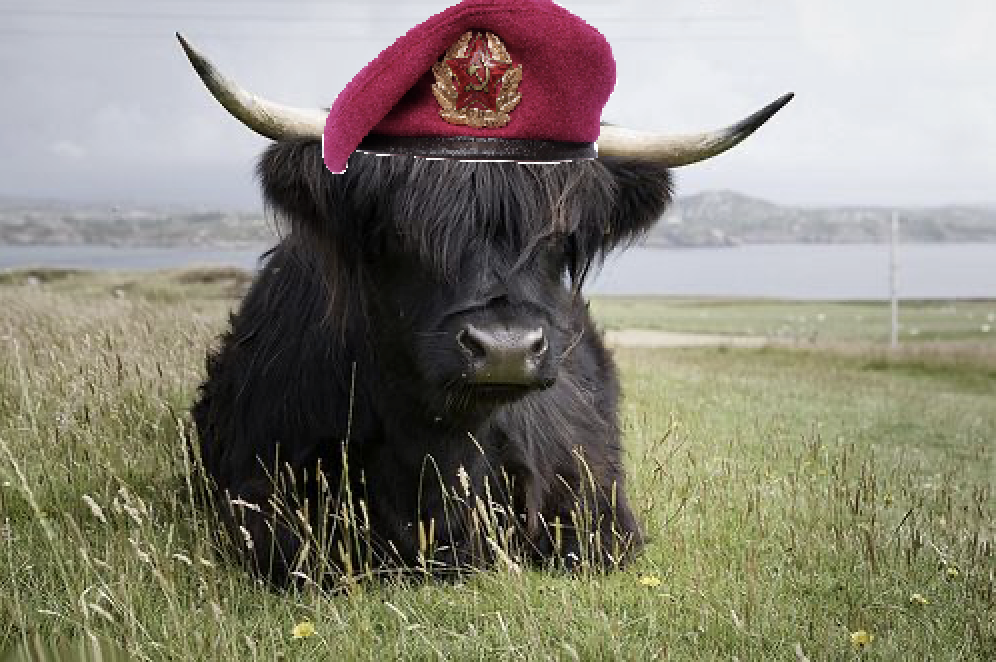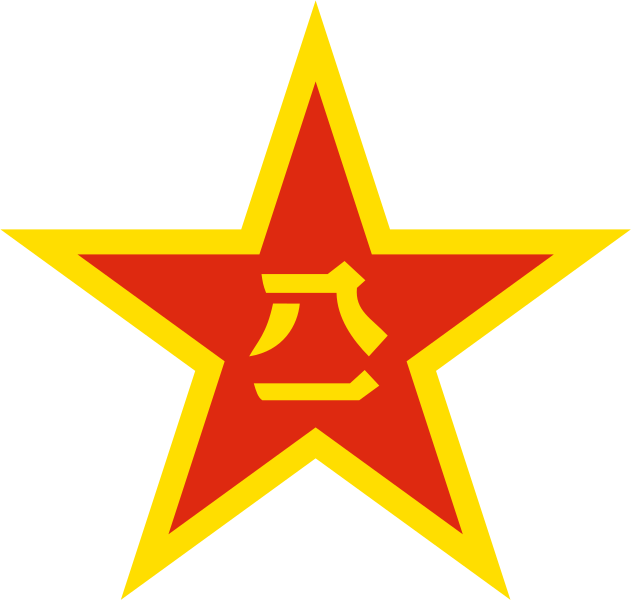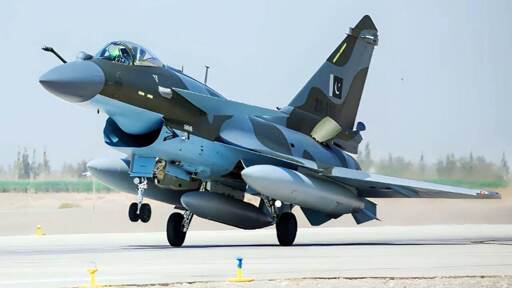Russia’s Kommersant newspaper wrote: Immediately after the end of the 12-day war with Israel, the Iranian military has stepped up negotiations to purchase a batch of Chinese-made J-10C fighter jets for export. Iranian media reported that negotiations to purchase the jets had been ongoing for almost two decades, but the parties had been unable to agree on payment. Now Iran is planning to equip its air force with new aircraft as quickly as possible. According to experts, the J-10C could solve this problem due to its lower cost and availability compared to the Russian MiG-35 and Su-35 fighters.
According to the international service “Entibah”, the following article states: The Khorasan newspaper reported that Iran is once again considering the possibility of purchasing an export version of the J-10C fighter jet — a multi-role, medium-range fighter jet with a 4++ generation developed by China. In this regard, local analysts have also assessed the visit of Iranian Defense Minister Brigadier General Aziz Nasirzadeh to the Shanghai Cooperation Organization summit in the Chinese city of Qingdao in the same context.
Iran has long been interested in the aircraft. In 2015, it was reported that a deal was being prepared for up to 150 of the fighters, but the two sides could not agree on a payment method. China, which had abundant energy reserves at the time, opposed the oil and gas swap, while Iran was facing a severe shortage of foreign exchange and could not pay in cash. The situation was exacerbated by UN Security Council sanctions on arms sales to Iran, which had been in place since 2010.
After these restrictions were lifted in October 2020, negotiations resumed, but this time, even though the issue was only the purchase of 36 aircraft, they were stopped for similar reasons.
The J-10CE is a single-engine, multirole fighter jet. Chinese manufacturers have introduced it as a cheaper alternative to Western fighters such as the F-16V and Gripen E. The price of each of these jets ranges from $60 million (base model) to $90 million (including spare parts, warranty, weapons, and pilot training), depending on the configuration.
According to Military Balance 2025, the Iranian Air Force had up to 150 operational fighter jets before the war with Israel. The vast majority of these aircraft were older American models, either left over from the era of Mohammad Reza Pahlavi or purchased in the early post-revolutionary period. The fleet included:
-
64 F-4 Phantom IIs
-
35 F-5E/F Tiger IIs
-
41 F-14A Tomcats
Maintaining these fighters has been very difficult due to sanctions. Iran also has 18 MiG-29A/UBs delivered in the late 1980s and early 1990s, but most of them are out of service due to a lack of spare parts and difficulty in repairs.
Iran’s attempt to modernize this fleet in 2016 through a deal to purchase 24 Su-30SKs from Russia also failed and was never delivered, as sanctions prevented its implementation.
The need to modernize Iran’s air fleet has become much more serious.
Meanwhile, after the United States formally allowed China to buy oil from Iran without the threat of sanctions on June 24, Tehran has a new bargaining chip — oil exports in exchange for fighter jets. China is currently the largest unofficial importer of Iranian oil; small private Chinese refineries account for 77 percent of Iranian exports (about 1.27 million barrels per day), according to data firm Kpler.
The latest foreign fighters to enter the Iranian Air Force are the Russian Su-35 twin-engine heavy fighters (generation 4++). Under the 2023 contract, a maximum of 4 aircraft have been delivered. However, given the ongoing Russian special operations in Ukraine and the transfer of Russian military-industrial capacities to domestic needs, it is unlikely that Iranian pilots will receive the remaining 50 aircraft ordered in the next year or two.
Russia has also proposed cooperation with India to produce the Su-57E (an export version of the Su-57 fifth-generation fighter).
“Even taking into account Russian heavy fighters, Iran still needs a large fleet of about 400 aircraft, and the Chinese J-10C could fill this gap,” said Ilya Kramnik, a researcher at the Center for Strategic Planning Studies at the Institute of World Economy and International Relations of the Russian Academy of Sciences. “The Su-35 cannot be purchased in large numbers due to its high price, while the J-10C can be produced on a large scale.”
He adds that the Russian MiG-35 light fighter — a deep modernization of the MiG-29M/M2 — could be a good option, but the aircraft has not yet entered mass production.


